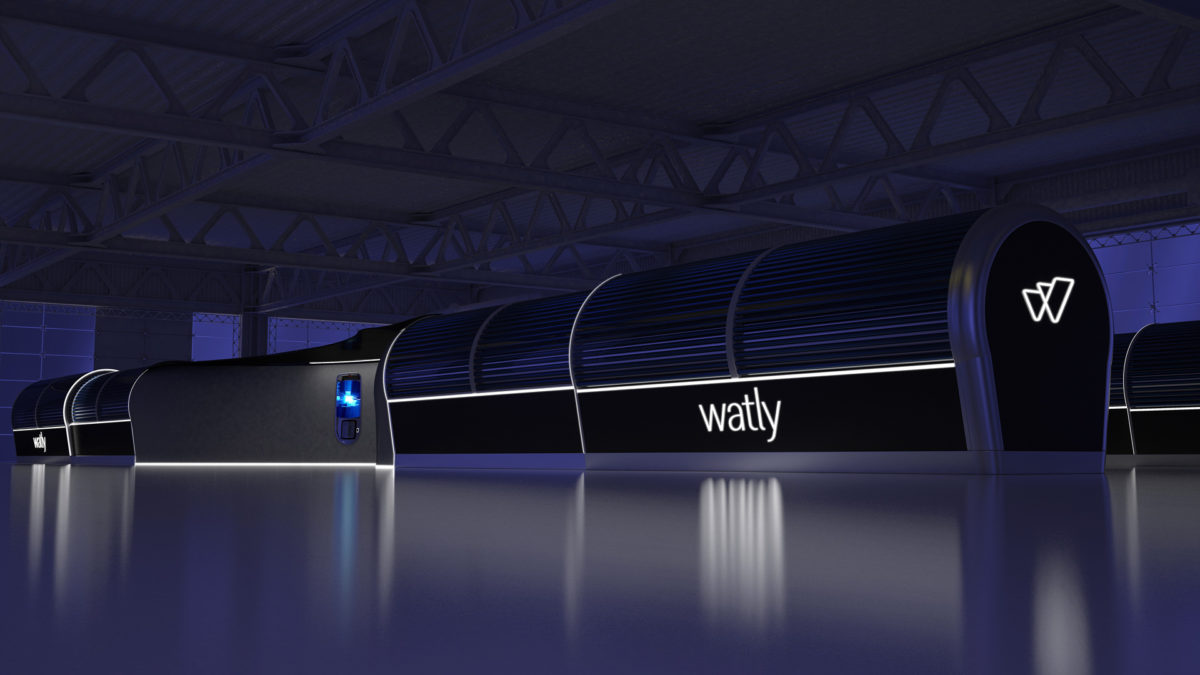Workspace, always a headache for established companies and startups. Flex working is probably the most suited solution to solve the problems(costs) of owning physical workspace. Which lowers the risk for startups of owning a physical workspace and reduces the costs of physical workspace for establish firms.
The trend of flex working caused 15 percent unoccupied office premises across the Netherlands (Dynamis, 2015). Flex work seems like a blessing and it is, but there are some disadvantages, for example there is no interaction with colleagues and it causes social isolation by employees (Heathfield, 2016). But for both problems, workspace problem and disadvantages of flexworking, there is one solution: WeWork.
WeWork started in 2010 and was founded by Adam Neumann and Miguel McKelvey. WeWork is a company that provides workspace for a monthly membership. They rent unoccupied workspace and chop these places in smaller parcels and then charge their clients with a monthly membership.
Thereby WeWork equip their clients with free coffee/beer/wine/fruitwater, printing services and they take care of package deliveries (Konrad, 2016).
Furthermore they organize gatherings and events, this is a great opportunity for clients to work on their social network and to get inspired by others (Konrad, 2016). Next to providing flexible workplaces WeWork also added an app to their service, to create a digital network. So WeWork offers a solution to both unoccupied workspace and to the disadvantages of flex work.
Over 6 years WeWork expand to 12 countries with 100 locations worldwide (Bogle, 2016).The company is currently worth 16 billion dollars and is still growing, But there are some concerns about the financial position of WeWork (Konrad, 2016).
First of all, WeWork is expanding rapidly, with plans to expand to Germany and North Korea, further they want to introduce WeLive (furnished living space) (WeWork, 2016). To execute these plans WeWork must cut some cost in their existing locations, for example costs of additional services like breakfast, coffee and beer. Second, the profit margins of WeWork will be reduced in the future, due to new entrance of competitors in the market. Finally, more and more members were cancelling their membership by WeWork (Bogle, 2016), The churn rate almost reached 6%. Thereby the app launched by WeWork isn’t very popular by customers of WeWork (Bogle, 2016).
Although WeWork is a quick expanding company with a bright future, there will be some obstacles to overcome. Stuart Brown, CEO of blackwall, a concurrent of WeWork, said that communities grow not by force but by focusing on location, fit-out and the right services (Bogle, 2016).
Do you think that WeWork will overcome these growing obstacles of diminishing profit margins and the growing competition? And what do you think of the expanding plans of WeWork?
Arthur Verburg-401176av
Wework (2016) Mission. https://www.wework.com/mission, October 2 2016.
Bogle, A (2016) WeWork launches in Australia, but will the drama follow?. http://mashable.com/2016/10/03/wework-sydney-australia/#ArFVUYqc0mqu, October 2 2016.
Konrad, A. (2014). Inside The Phenomenal Rise Of WeWork. http://www.forbes.com/sites/alexkonrad/2014/11/05/the-rise-of-wework/#49289ff428c1, October 2 2016.
Heathfield, S.M. (2016). Advantages and Disadvantages of Flexible Work Schedules?. https://www.thebalance.com/advantages-and-disadvantages-of-flexible-work-schedules-1917964, 2 October 2 2016.
Dynamis (2015) Sprekende cijfers Kantorenmarkt. http://dynamis.nl/documents/DYN//2872_Dynamis-Sprekende-Cijfers-Kantorenmarkten-2015-DEFINITIEF.pdf, October 2 2016.



